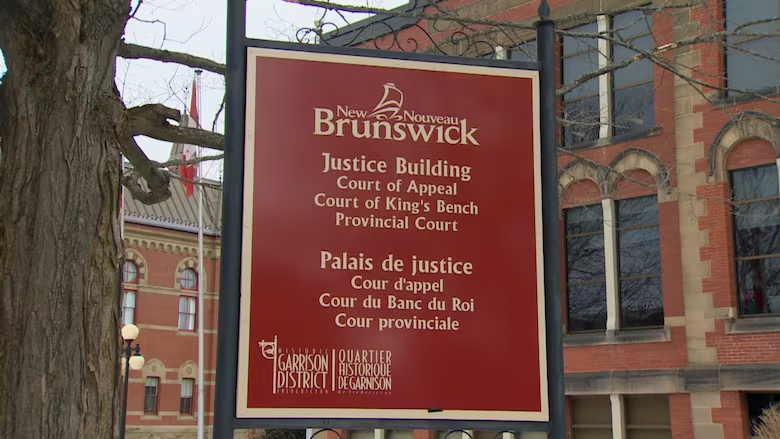N.B.'s top court closes child protection 'gap' by saying it never existed
Justices say it’s ‘crystal clear’ legislature never intended to repeal provisions before new law was in effect

The New Brunswick Court of Appeal has closed a 43-day gap in the province's child protection law by declaring that the gap never legally existed.
The court said Monday afternoon that because the legislature never intended to accidentally repeal provisions of the act, it was interpreting the December legislation to mean that the gap was never legally created.
"It is simply inconceivable to us that the manifest intention of the legislature could be thwarted on account of a simple and obvious drafting error," said Chief Justice Marc Richard, reading the unanimous decision on behalf of the court.
He called the legislature's intention "crystal clear."
"No other reasonable conclusion is possible because any other conclusion would be monumentally absurd," he said.
"It is simply inconceivable to believe that the legislature of New Brunswick unanimously intended to create a legislative void for child and youth well-being protection and adoption matters."
The potential gap was created when MLAs passed a bill last year that mistakenly omitted a line saying it would come into effect at a later date.
Without that line, it took effect immediately when royal assent was granted Dec. 13, repealing sections of the Family Services Act.
A new law, the Child and Youth Well-Being Act, had already been passed but had not been proclaimed — meaning no child protection and adoption provisions were in force until cabinet put the new law into effect Jan. 26.
Richard said Monday that court precedents allow the justices to look not only at the wording of the legislation but the context in which it was adopted — and that includes the obvious intent of MLAs to repeal the old provisions only when the new ones were in force.

It is "simply indisputable" that the act has to be interpreted that way, he said. "No other interpretation makes sense."
"We are of the view that, in what will undoubtedly be very rare cases, a court has the duty to look beyond the wording of the legislation alone and to consider the entire context, the scheme of the act, the object of the act and the intention of the legislature."
In an affidavit in the case, the government said 80 new child protection cases involving 127 children were opened during the 43-day interval.
Eleven children were given protective care status, two new foster families were approved, seven kinship placements were approved, and 18 children were taken into provincial guardianship during that period, the affidavit said.
Government officials spotted the error on Jan. 12 and quickly drafted regulations to allow the new act to be proclaimed on Jan. 26.

Four days later, the government filed the reference case with the Court of Appeal asking for its opinion on whether there had been a legal gap and, if so, whether the courts have the authority to fill it somehow.
While its answers are not binding, the court's decision gives legal direction to family court judges on how to handle any applications to overturn rulings issued during the gap.
Richard noted Monday that there's no record of any court in Canada ever going against any reference opinion by the Supreme Court of Canada or a provincial court of appeal.
The two government lawyers who argued the case before the court last week did not speak to reporters following Monday's decision.

In a statement, Attorney-General Ted Flemming thanked the court for "its expeditious hearing" of the case.
"We will take the necessary time to review the court's decision and have more to say on the matter in the coming days," he said.
The Department of Social Development, which oversees child protection services, did not respond to a request to make Jill Green, the minister, available for an interview.


